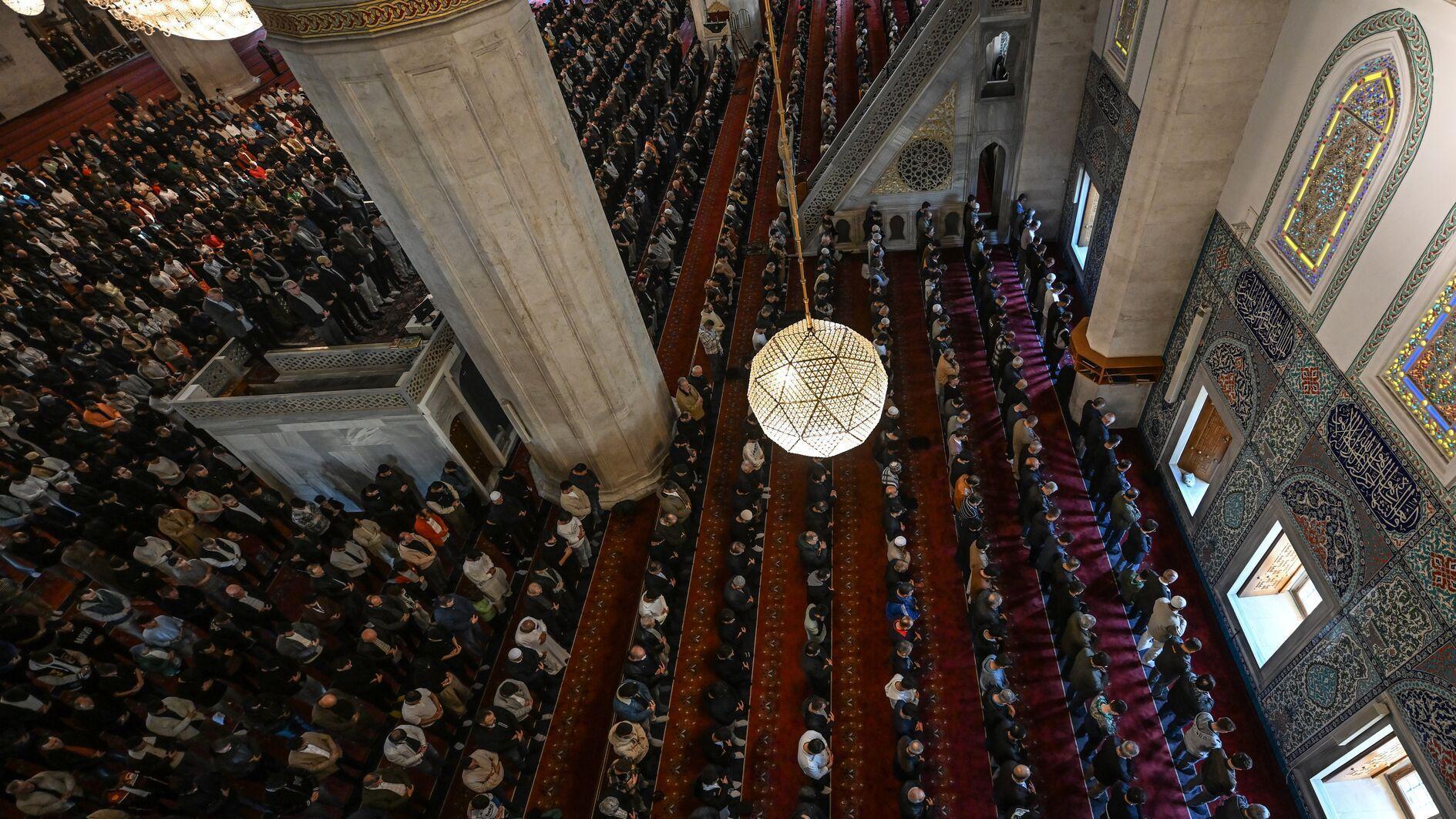Choosing a wardrobe like an Ottoman
NIKI GAMM
 From the earliest days of Islam, a distinction was made between what clothing a Muslim could wear and what a non-Muslim could wear. The Quran and the traditions form the basis for this differentiation.
From the earliest days of Islam, a distinction was made between what clothing a Muslim could wear and what a non-Muslim could wear. The Quran and the traditions form the basis for this differentiation. The so-called Pact of the Caliph Omar, which may have been issued to protect non-Muslims in Syria after the Arab conquest, lays down a number of conditions that include dressing in the same way no matter where they were and wearing a specific belt.

An Armenian man
During the 14th century, the Ottomans followed in the footsteps of previous Muslim governments. The only difference was that initially the majority of the people over whom they ruled were Christians:
Mostly Greeks and Armenians. Fatih Sultan Mehmed issued a decree relating to the worship and customs of non-Muslims some time after the fall of Constantinople in 1453. In it, he basically assured them that they could continue their lives as before; some have thought this also referred to freedom of dress, even though there’s no mention of it in the document. The number of Jews in Anatolia was small until after the Spaniards expelled them from Spain in 1492, later followed by Portugal and France.
Under these circumstances, it would have been difficult for the Ottomans to insist on dress codes since they, as Muslims, were the ones in the minority.
Sumptuary laws
These Ottoman laws, known as sumptuary laws, have not been seriously studied, unlike the serious restrictions put on dress in Western European countries. Nor does it seem that they were seriously enforced, even after they were promulgated. The latter situation was due in part because when a sultan died or was deposed, the laws he had promulgated had to be renewed by the succeeding sultan, who may or may not have been otherwise engaged directing military campaigns or solving problems created by rebellions.
What we do know is that the laws covered what a man could wear such as his headgear, his outer garments - including their materials and lengths - and the color of his shoes. The outer garments were mostly dark. Christians wore colored turbans and shoes of red or yellow, while Jews’ clothes were black or violet. A 1702 law determined that Jews were no longer to wear yellow slippers, but only black coverings on the feet and head. This may have been applicable to the Christians as well. Luxury items such as silks and furs were exclusively the prerogative of the imperial family and the highest ranking officials.

An Armenian woman
This was helped by the freedom with which foreign women could move about (so long as they didn’t offend Muslim sensibilities). Non-Muslim women who already had more freedom than their Muslim counterparts often emulated the foreigners, and this led in the 18th century to a number of prohibitions on certain kinds of public displays.
Prosecution under the law
On one occasion, Sultan Murad III (r. 1574-1595) ordered the execution of all the Jews in the empire merely because he was annoyed by the luxury which they displayed in their clothing. It was only after the intervention of Solomon Ashkenazi and other influential Jews with the grand vizier, seconded by the payment of a large sum of money, that the order was changed into a law restricting dress.
Thereafter Jews were required to wear a kind of cap instead of a turban, and to refrain from using silk in making their garments.
Sultan Murad IV (r. 1623-1640) was known for his ruthless prosecution of anyone who disobeyed his laws to the extent of going out at night in disguise to ensure obedience and mete out punishment on the spot if necessary. On one occasion he reportedly ran across a Christian beggar who was wearing yellow boots at a time when only Muslims were permitted to wear yellow shoes. In spite of the beggar’s plea that he’d been given them as castoffs by a Muslim, the sultan had him executed anyway.
Gibb and Bowen write the following about Sultan Murad IV’s prohibition in their book “History of the Ottoman Empire and Modern Turkey”: “Everyone was ordered to wear only the clothing and headgear to which he was entitled by virtue of his millet, rank, class, occupation, and the like, and subjects of all religions were ordered to obey their leaders as well as their laws and traditions.”
We see that by the time Halil Hamit was appointed grand vizier from 1782 to 1785, the sumptuary law on clothing had to be reinforced once again. This time, the insistence was on materials, and Hamit ordered that everybody only use traditional materials “rather than the Indian and European robes that had become the mode since the Tulip Period.” This actually was to revive Ottoman cloth manufacturing and reduce the importation of these items.
Sultan Selim III (r. 1789-1807) also ordered that his subjects return to wearing traditional garb as a part of his attempts to reform the Ottoman Empire. Instead of modernizing, he and his advisors returned to the old ways. To head off dissent, the coffeehouses and taverns were closed, and peasants who had come to the cities because they could no longer make a living on the land were forced by decree to return to where they had come from. However, the sultan did not succeed in stifling dissent and ended up deposed in 1807.
Sultan Mahmud II later ruled that clothing was no longer regulated, so we see the emergence of the fez instead of the turban. The şalvar became pantaloons. The robe was replaced by coats. The shirt style became that of the foreigner. To drive the point home, Mahmud had his portrait painted twice: In one he wore traditional robes, and in the other he wore a “Western” military uniform.
















